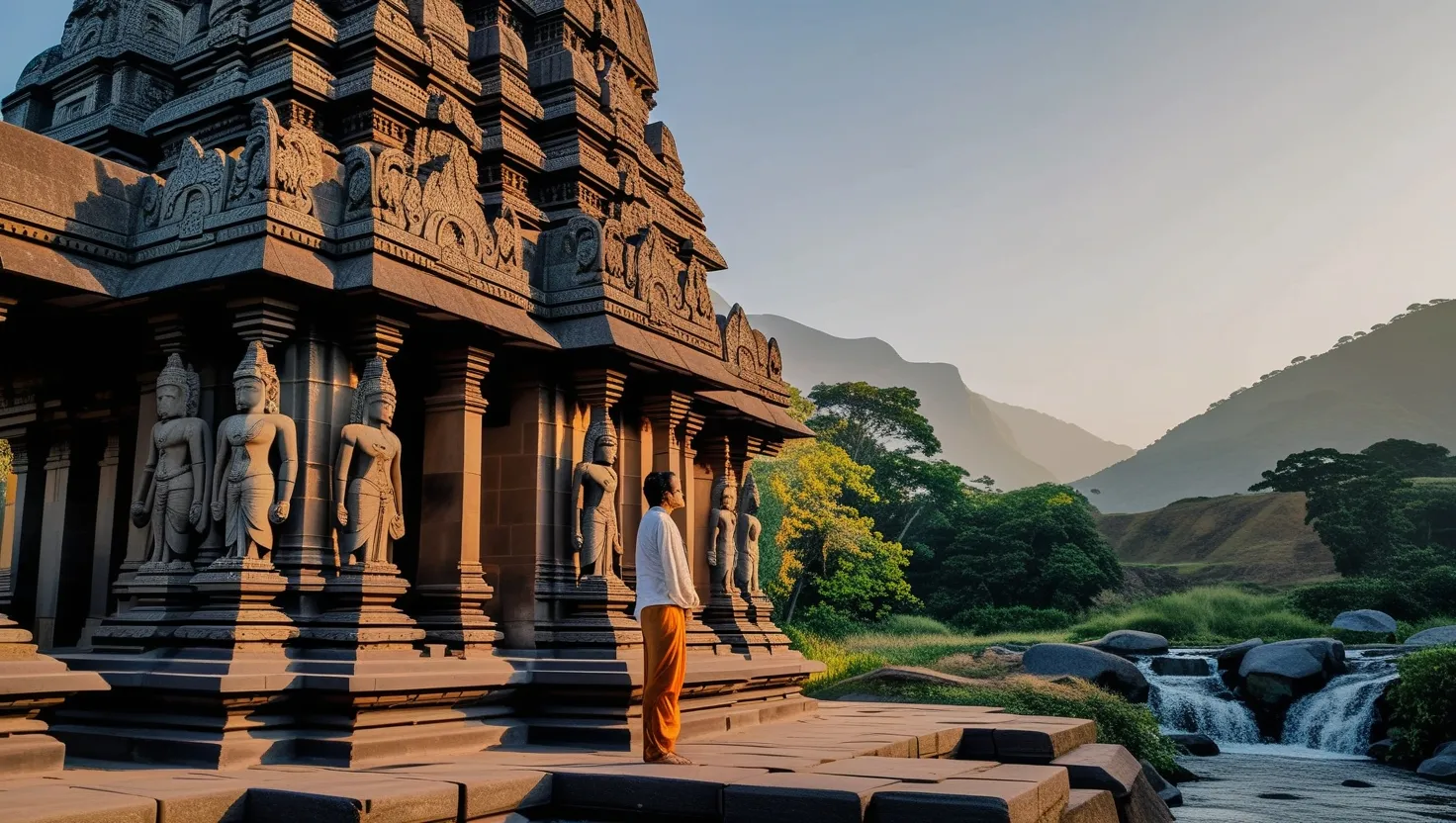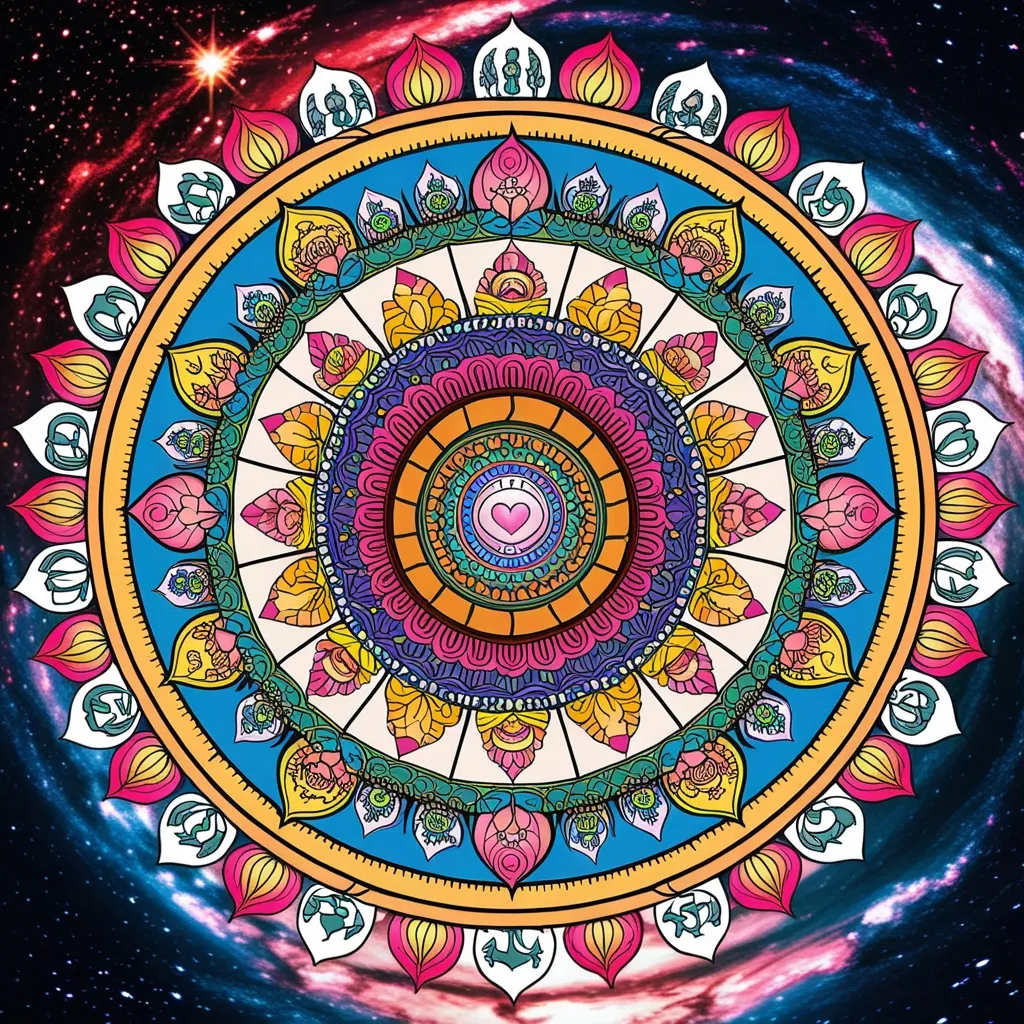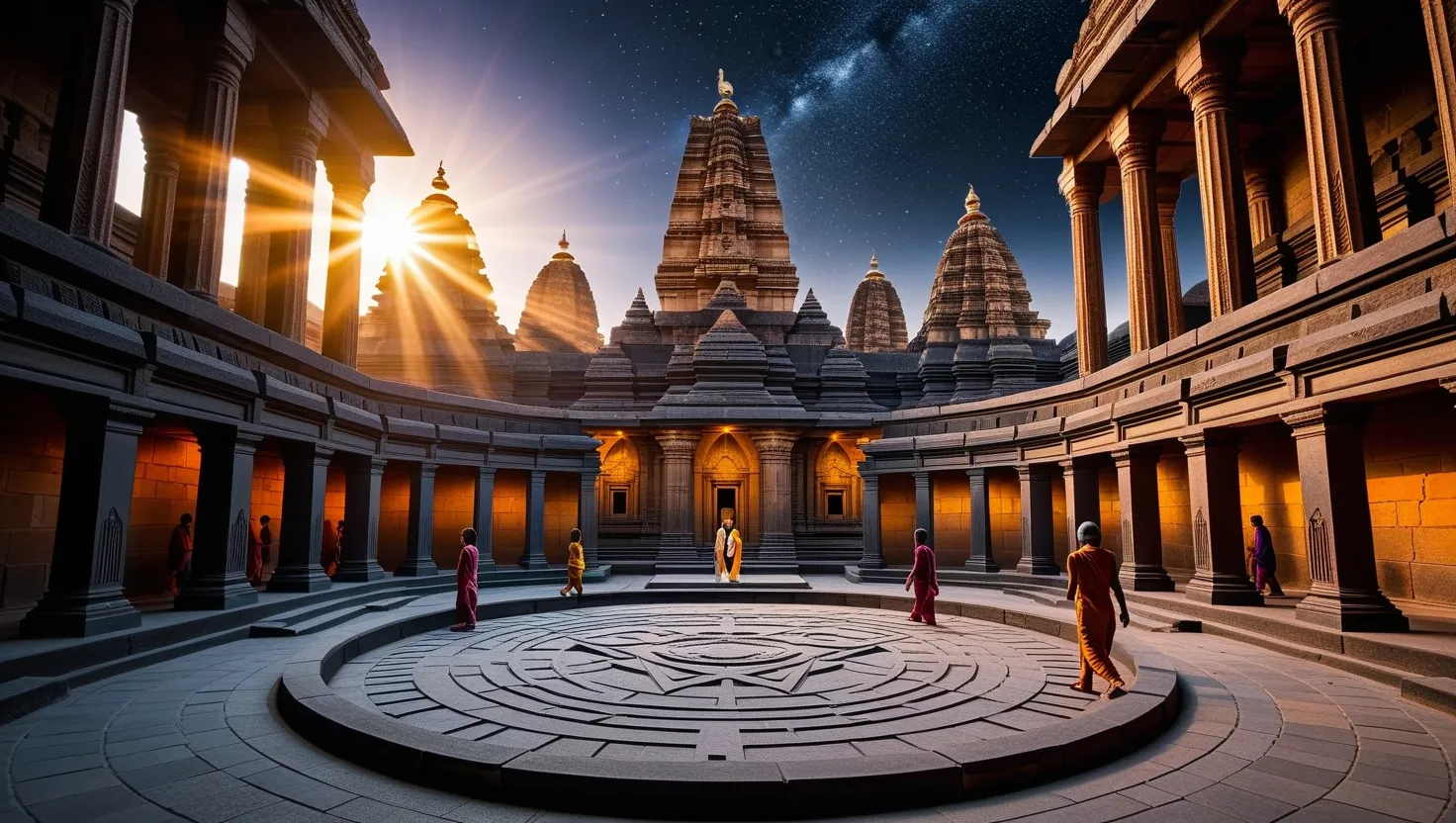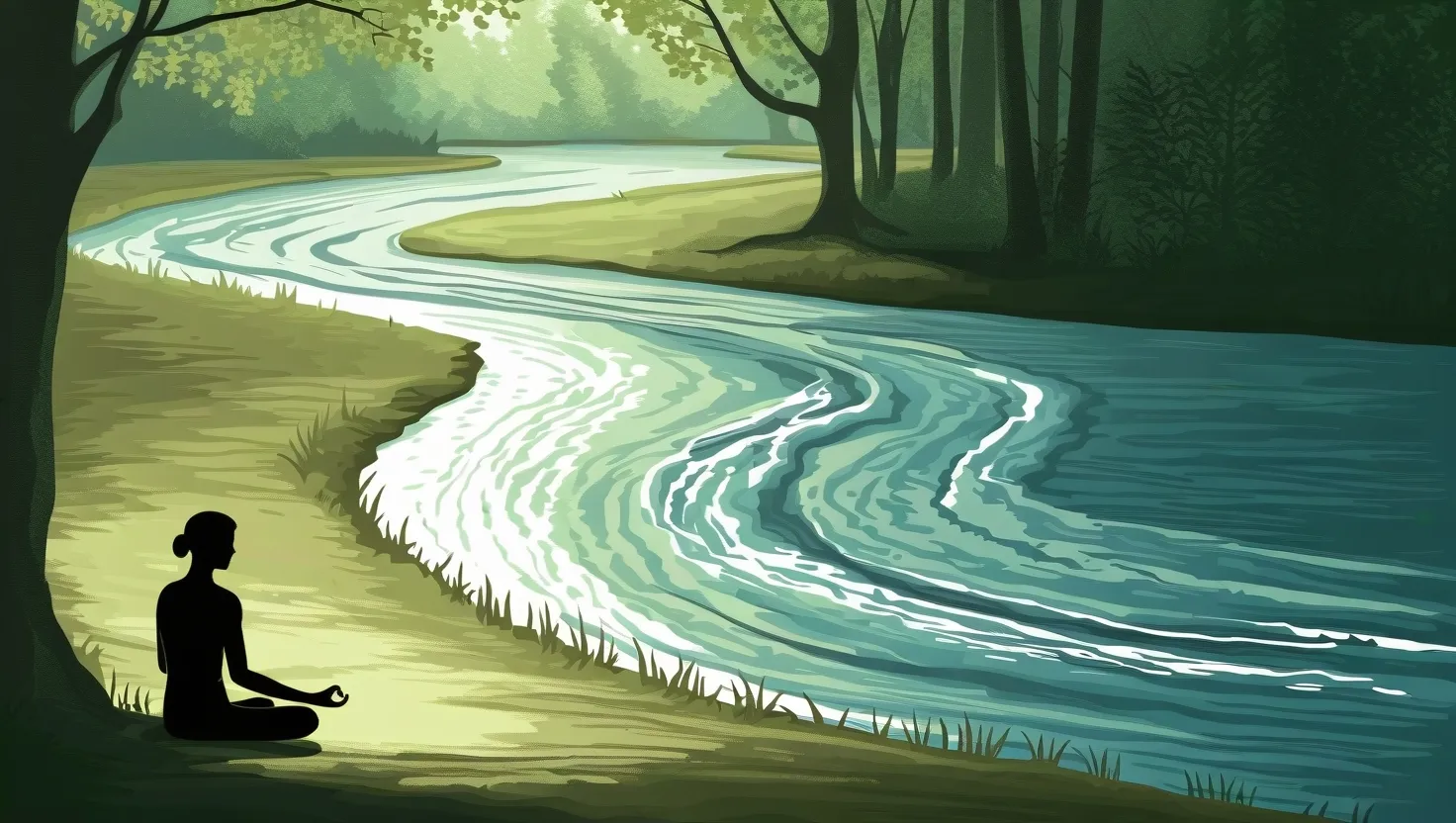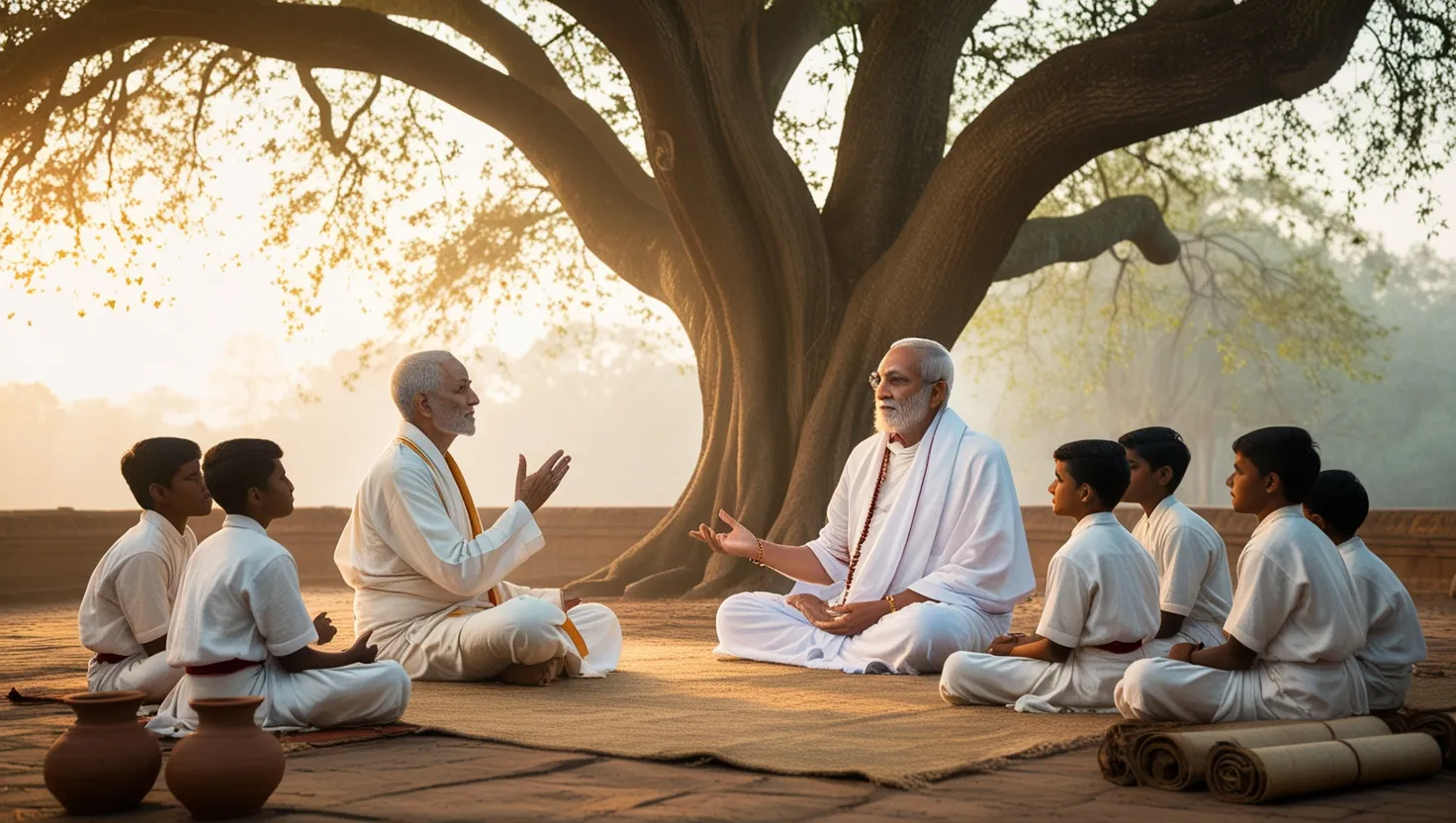Have you ever been stopped in your tracks, not by confusion or fear, but by sheer amazement—by the weight of the clouds, the intricacy of a spider’s web, the impossible fact that we, minuscule as we are, get to witness the universe at all? This moment of pause, this rush of marvel, sits at the core of what ancient Hindu philosophy calls Adbhuta Rasa—the sentiment of wonder. For me, exploring wonder isn’t simply a delight; it’s crucial to living fully and, perhaps, spiritually.
Adhbuta Rasa is not just another fleeting emotion. It forms one of the primary rasas in Indian aesthetics, a foundational mood prescribed for art, literature, dance, and even life itself. But why did ancient sages give wonder such a privileged place? They recognized that wonder, unlike other emotions that contract us inward or lock us into the past, widens the mind. It opens a gateway to the unseen, to the mystery that speaks in every atom and every heartbeat.
“Wonder is the beginning of wisdom.” — Socrates
Let’s turn to the Upanishads, revered collections of spiritual wisdom, which I find repeatedly prod us out of complacency with riddles and paradoxes. Phrases like “That is full; this is full,” or “I am That” were never meant for rote memorization. Instead, their job is to jar us, to break the mind’s habitual patterns and, in the leftover space, let awe in. Why did those teachers value paradox? Because every answer invites new questions, and questions nurture the soil of wonder.
Hindu temple architecture is a perfect, physical invitation into this state. If you’ve ever walked beneath a gopuram—those colorful gates bristling with mythic figures—or traced your hands over elaborate stone carvings, you know the effect isn’t just visual. The temples are geometrically aligned to celestial events, turning everyday spaces into stages for cosmic spectacle. Even outside, holy sites hug mountains, rivers, and peculiar stones—not for convenience, but for their power to evoke speechless awe. Have you ever wondered why our ancestors trekked weeks, sometimes months, on pilgrimages? Was it only duty, or was it that raw, inescapable feeling of encountering something vastly greater than oneself?
“Those who contemplate the beauty of the earth find reserves of strength that will endure as long as life lasts.” — Rachel Carson
The stories threaded through Hindu mythology amplify this spirit of astonishment. Divine beings appear everywhere and nowhere, mountains take flight, and time itself can stretch or fold. As a child, I was told these tales as history; as an adult, I see them as an education in possibility. They ask us: What do you think is real? Is reality only what fits snugly into your day-to-day logic? Each myth is a gentle nudge—or sometimes a fierce shove—beyond the surface, begging us to entertain the improbable.
Modern research suggests that wonder does more than amuse; it changes us. Moments spent in awe—whether from poetry, a forest hike, or a night sky—lower our stress, deepen our compassion, and give meaning where there might otherwise be none. Isn’t it curious how a burst of marvel—seeing the Milky Way for the first time, witnessing a child’s innocent question—can shrink our egos and recalibrate what matters?
So, how do we actually practice wonder in the thick of ordinary life? I find it takes effort to set aside our drive to explain, fix, and control. Instead, try simply noticing. Watch how sunlight dapples a wall; attend to the rhythm of your own breath; marvel, without agenda, at a seed pushing through the earth. This isn’t escapism. It’s an act of spiritual defiance: shifting from the stance of a chronic problem-solver to that of a grateful witness.
“Whoever wants to become a philosopher must learn not to be frightened by absurdities.”— Bertrand Russell
The flavor of wonder is intimately tied to surrender—not resignation, but a willingness to rest in the not-knowing. For many, that sounds uncomfortable. Yet, this vulnerable openness, where you don’t rush to conclusions or explanations, seems to be the precise space where spiritual insight grows. When have you last allowed yourself to truly not know, and just gaze?
The world today, drenched in information and numbed by click after click, is a place where jadedness can sneak in. But what if, instead of retreating, we made space for amazement as an antidote? Rather than searching for novelty in the next gadget, take a minute to witness the miracle that you’re even here, reading these words, thinking these thoughts—or maybe doubting them.
Environmental issues, technological advances, and modern anxieties aren’t, as some argue, signs that wonder is obsolete. If anything, crises reveal just how little we grasp the depths of natural intelligence or the mysteries folded in human creativity. Every new scientific theory opens wider the field of the unknown. Can you meet the gravity of climate change, the wheel of invention, or even your own failings with fresh awe?
“The most beautiful thing we can experience is the mysterious. It is the source of all true art and science.” — Albert Einstein
The ancient perspective insists that wonder is not naive. Rather, it is the only fitting response to the fact that anything exists at all. That, before any doctrine or ritual, astonishment at being—at awareness itself—is the root of all inquiry. Perhaps the greatest marvel is realizing the witness of wonder and the field of wonder are not separate. You, the observer, are also the phenomenon observed. The final teaching is this: the journey to marvel at the world culminates in marveling at the one doing the marveling.
So, invite yourself to wonder. Drop your guard, lower the need for certainty, and let mystery fill the cracks of ordinary life. What unexpected marvel lies beneath your next breath, your next encounter? The world does not explain itself; it sings to us in riddles, in patterns, in paradoxical beauty—and always, it offers the invitation: Will you be amazed?
